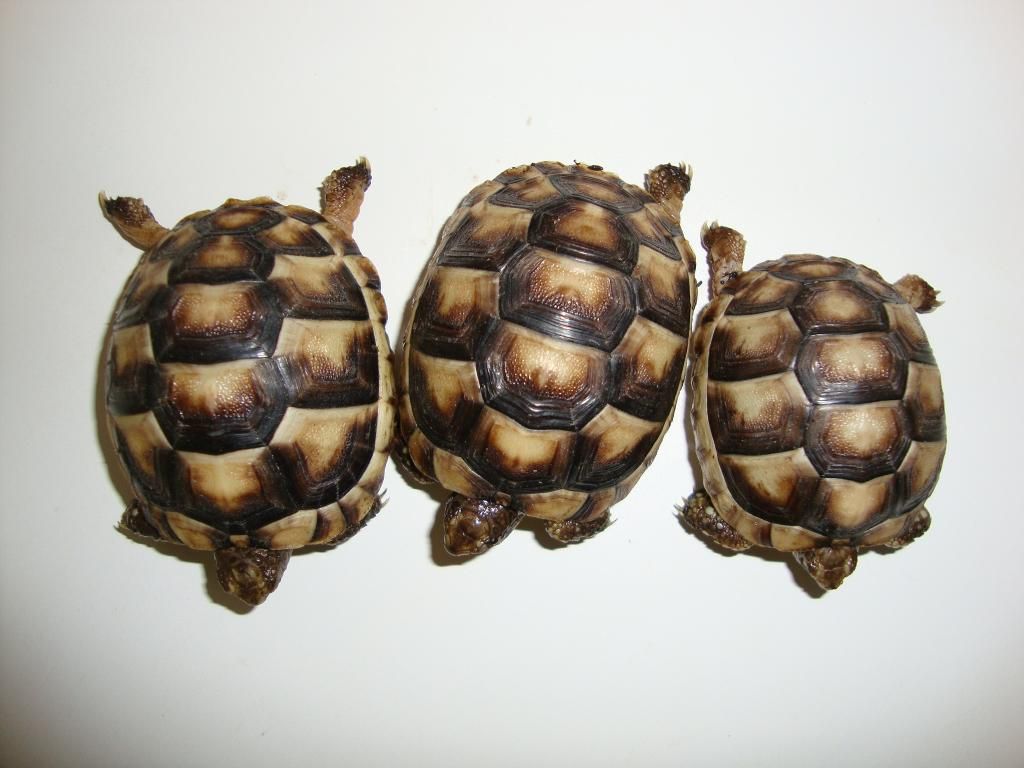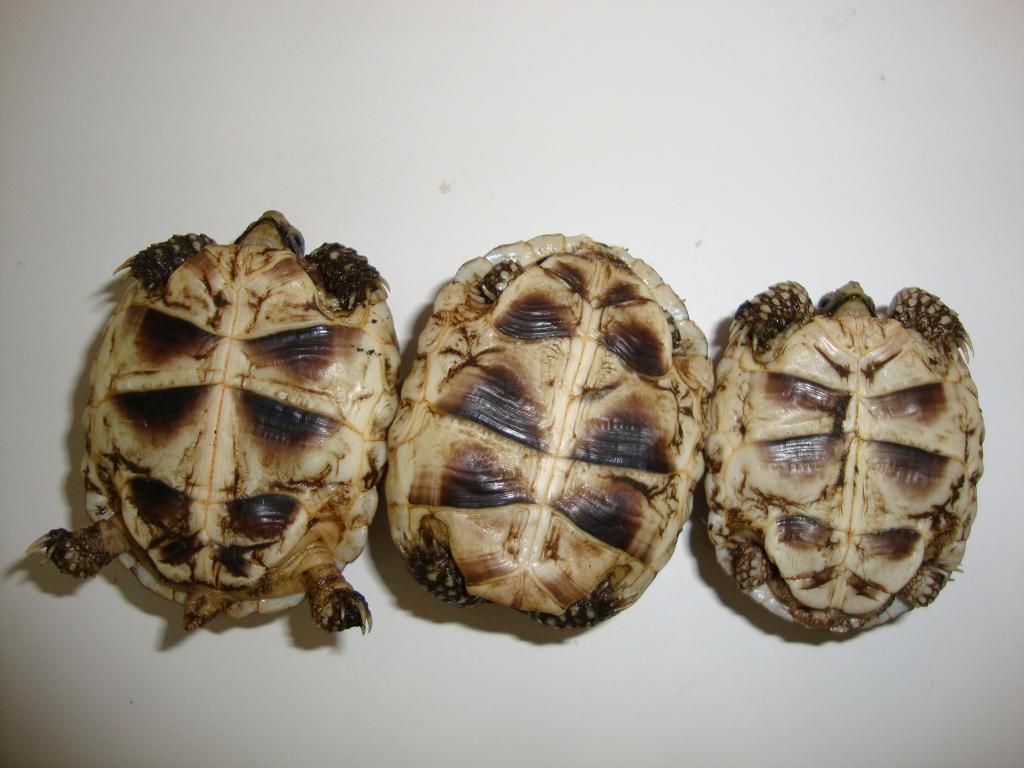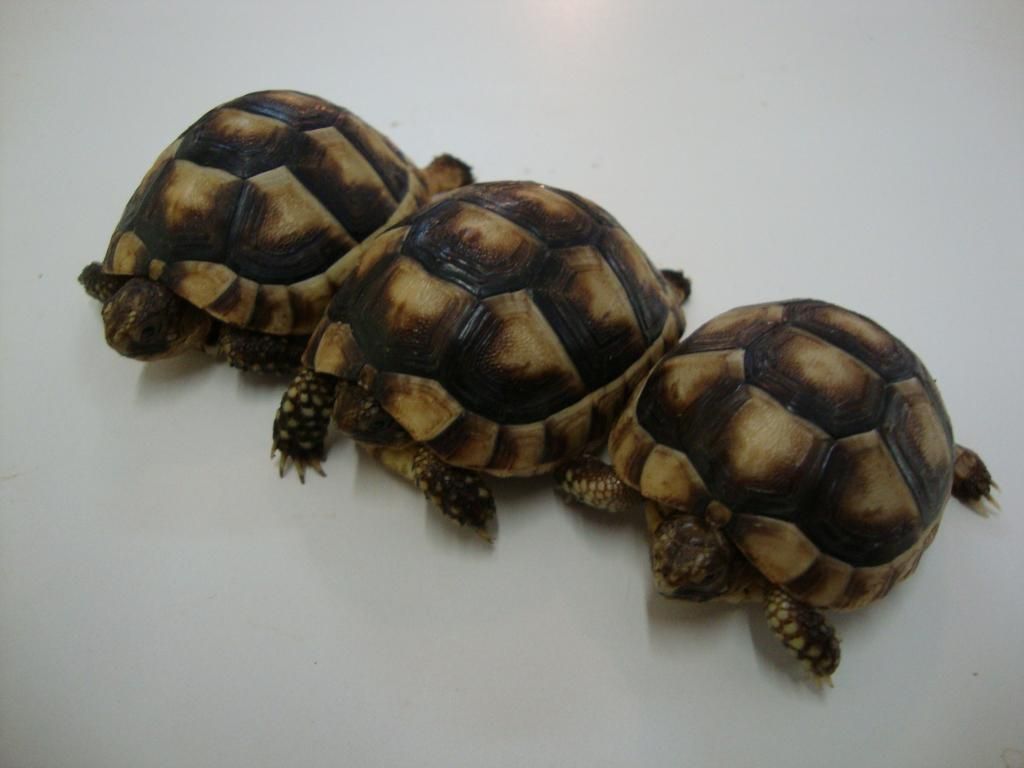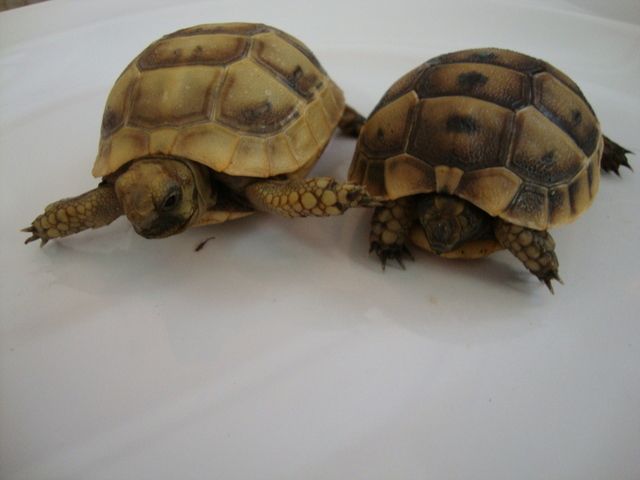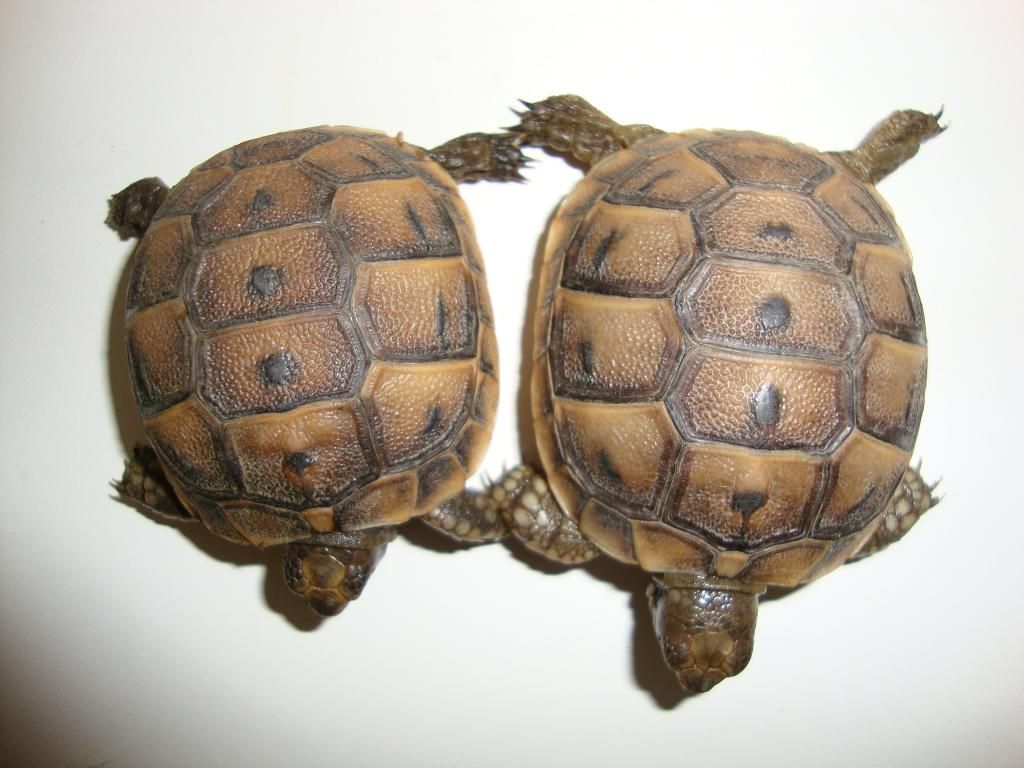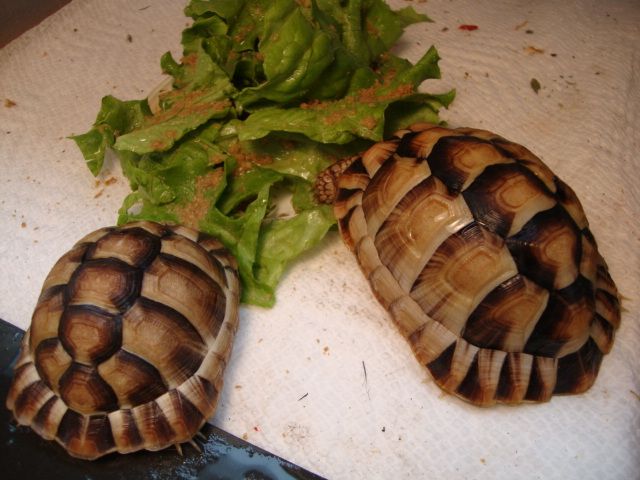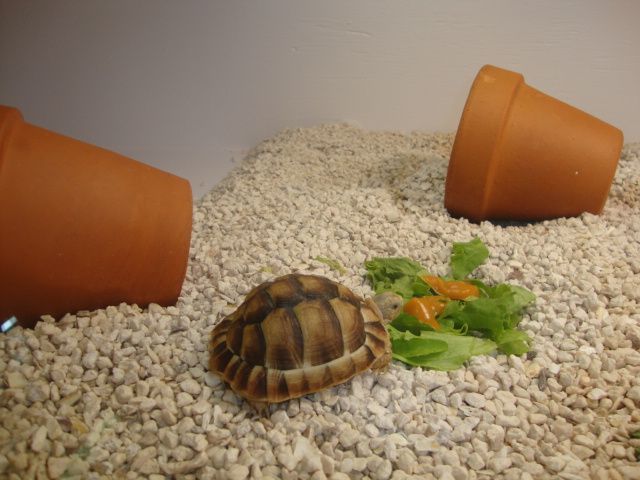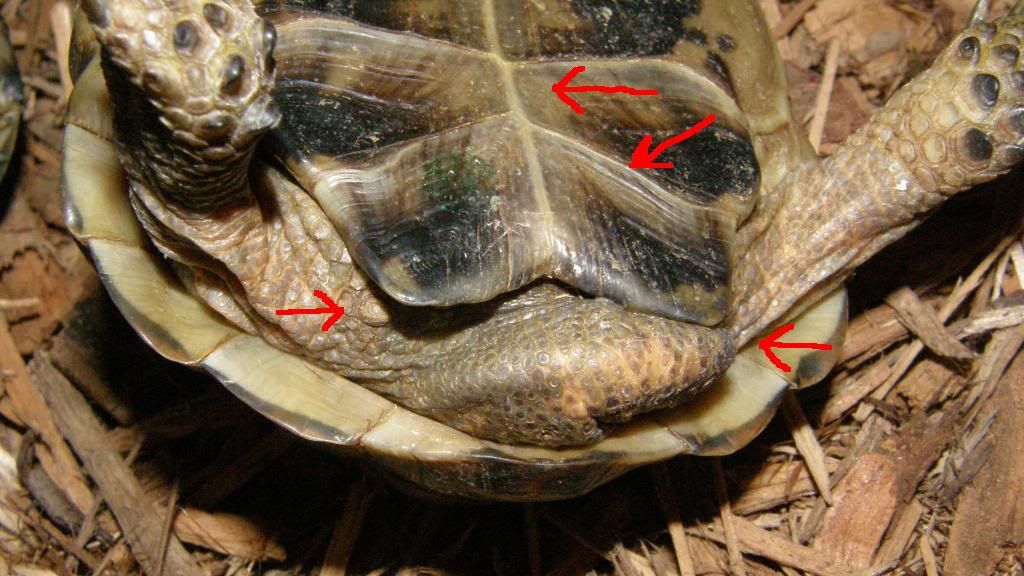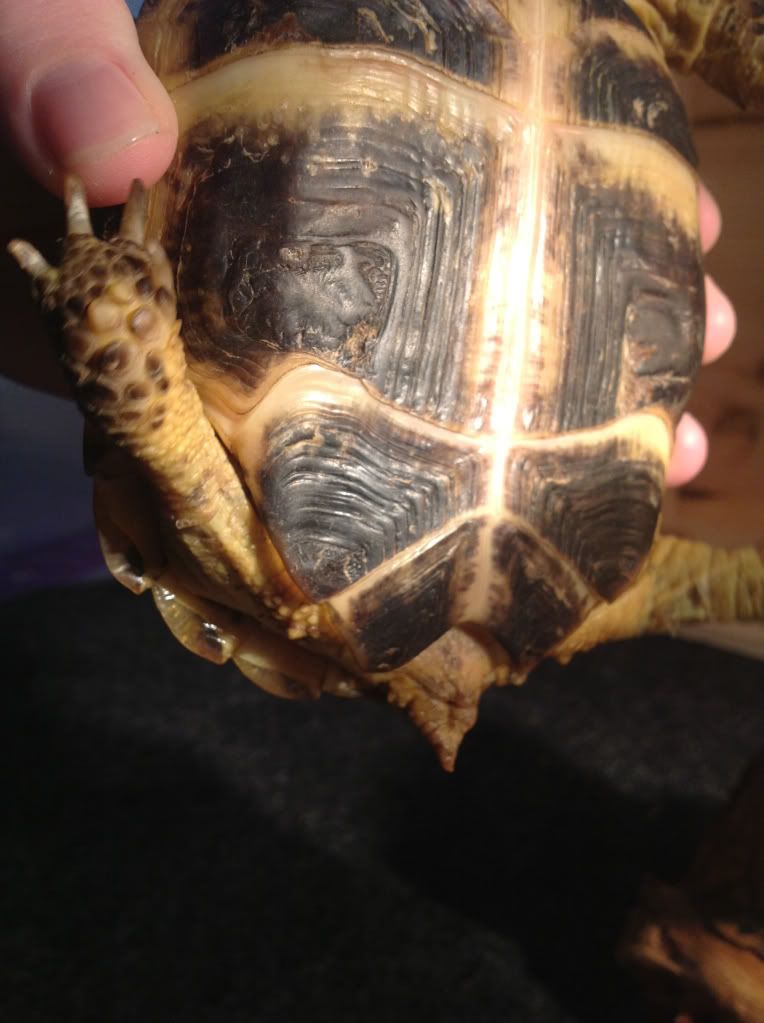- Joined
- May 12, 2010
- Messages
- 82
Hi everyone,
So I have been reading through this forum a lot and trying to look at as many pics as I can, but I am completely confused on how to tell the difference between Egyptians, Greek, margin aged tortoises etc. they all look the same to me.
Of course there is the size issue, but for hatchlings or Julia, how do u tell?
Thanks for the help
So I have been reading through this forum a lot and trying to look at as many pics as I can, but I am completely confused on how to tell the difference between Egyptians, Greek, margin aged tortoises etc. they all look the same to me.
Of course there is the size issue, but for hatchlings or Julia, how do u tell?
Thanks for the help
